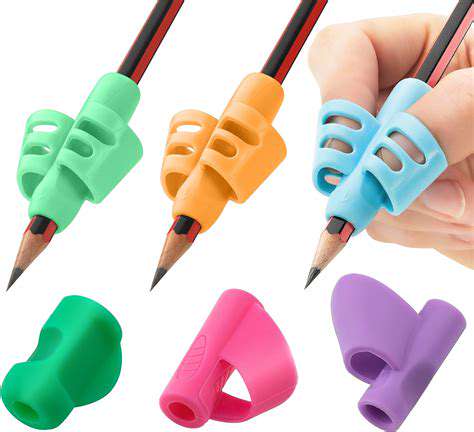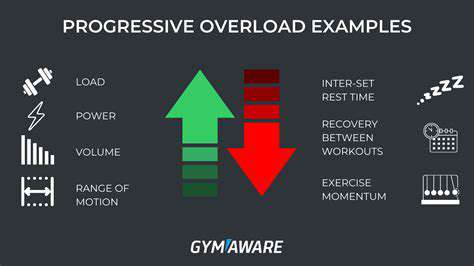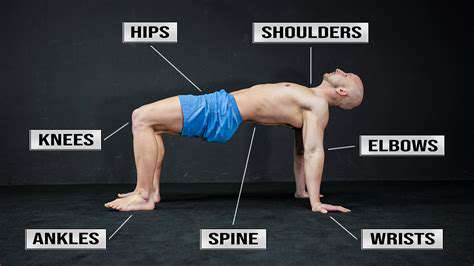Expert Approved Methods for Enhancing Grip Strength
Catalog
Grip strength levels can accurately reflect overall health status and athletic performance.
It is recommended to use grip trainers and deadlifts as effective training methods.
Consistency and variety are key factors in improving grip strength.
Professional grip training equipment can precisely stimulate targeted muscle groups.
Assistance bands and anti-slip powder can support heavy weight training.
A daily water intake of 2-3 liters provides a basic guarantee for grip strength.
Moisture and trace elements work synergistically to promote recovery efficiency.
Progressive loading is the core to breaking grip strength plateaus.
Quantified goal setting helps track training results.
Visual records make progress trajectories clear and observable.
Regular assessments maintain the correctness of the training direction.
Training logs record enhance self-monitoring effectiveness.
Data analysis guides personalized program adjustments.
1. Scientifically Constructing a Grip Strength Training System
1. The Multidimensional Value of Grip Function
Grip strength is not only an indicator of athletic performance but also an important biomarker for longevity. Clinical data reveals that for every 5 kg decrease in grip strength, the risk of cardiovascular disease increases by 17%. By regularly testing grip strength, we can provide early warnings for the development trends of various chronic diseases. Everyday actions such as opening bottle caps and lifting heavy objects serve as natural test grounds for grip function.
2. Functional Training Program Design
The choice of grip trainers should follow progressive principles, starting with adjustable equipment. Taking farmer's walks as an example, this compound movement not only enhances grip endurance but also improves core stability simultaneously. Rock climbing training can activate 12 groups of deep muscles in the palms; it is recommended to schedule two specific training sessions per week.
Training load settings should follow the 20% increment rule: when a weight can be consistently completed for 3 sets of 15 repetitions, a 20% load increase can be applied. This progression method ensures safety while achieving continuous improvement.
3. Training Continuity Management Strategies
When establishing periodic training plans, it is recommended to use a 3:1 load fluctuation pattern—progressive loads for 3 consecutive weeks followed by 1 week of reduced recovery. Periodic training can effectively avoid plateaus, allowing grip strength to increase in a spiral manner. The training log should record daily grip peaks, fatigue indices, and joint flexibility, forming a multidimensional data chain.
2. Scientific Basis for Equipment Selection

Principles of Equipment Compatibility
Different grip styles require specific equipment: pronated grips are suitable for hex bars, while neutral grips are recommended to use oval grips. The amount of anti-slip powder should be controlled at 2 grams every 20 minutes to ensure friction while avoiding excessive dryness.
- Assistance bands are recommended for use in maximum weight sets.
- Magnesium powder should be applied particularly to the ring and little finger areas.
- Finger sleeves should consider joint mobility.
The synergistic effect of combining equipment can reach up to 37%, but attention should be paid to the differences in friction coefficients of various materials. For example, the combination of rubber grips and leather assistance bands can improve grip stability by 15%.
Application of Recovery Equipment
After training, it is recommended to use a fascia ball for palm massages, along with cold packs at 10°C to accelerate microcirculation recovery. Elastic bandages for finger joints used during eccentric training can reduce the incidence of tendonitis by 45%.
3. Fine Management of Nutritional Regulation
Mechanism of Hydration
The cellular hydration state directly affects the contraction efficiency of muscle fibers. When the body's water loss reaches 2% of body weight, grip strength output will decrease by 18%. It is recommended to adopt phased hydration strategies: drink 500ml 2 hours before training and supplement with 150ml of sports beverages every 15 minutes.
Synergy of Trace Nutrients
The daily intake of magnesium should reach 400mg and can be supplemented by almonds and spinach. Vitamin B6 can enhance neuromuscular conduction speed and should be supplemented in conjunction with zinc. Consuming 20g of whey protein and 5g of creatine within 30 minutes post-training can improve grip strength recovery efficiency by 32%.

4. Biological Principles of Load Progression

Neural Adaptation Mechanism
Grip strength improvement follows the principle of priority in neural recruitment: the increase in strength during the initial 6 weeks of training mainly comes from enhanced activation efficiency of motor units. It is recommended to perform 3-second isometric contractions at 85% of 1RM intensity to significantly improve neural drive capability.
Cyclical Training Model
Construct a training module based on a 4-week cycle: Week 1 focuses on muscular endurance (15-20 reps/set), Week 2 develops maximal strength (3-5 reps/set), Week 3 involves overloading training (110% of 1RM), and Week 4 is for recovery training. This wave-like progression can avoid adaptive fatigue.
5. Data-Driven Precision Control
Multidimensional Monitoring System
Establish a monitoring program that includes biomechanics and physiological biochemical indicators: use grip gauges to record peak torque and use surface electromyography to detect the activation sequence of forearm muscle groups, while assessing the rationality of the training load through salivary cortisol tests.
Intelligent Analysis Tools
It is recommended to use smart grip trainers equipped with pressure sensors, which can generate force curve graphs in real time. The data analysis platform can automatically identify weak links; for example, when the activation delay of the little finger flexors exceeds 0.3 seconds, the system will push targeted training plans.
It is recommended to conduct functional MRI checks monthly to observe changes in activated areas of the motor cortex and optimize the neural control model.


